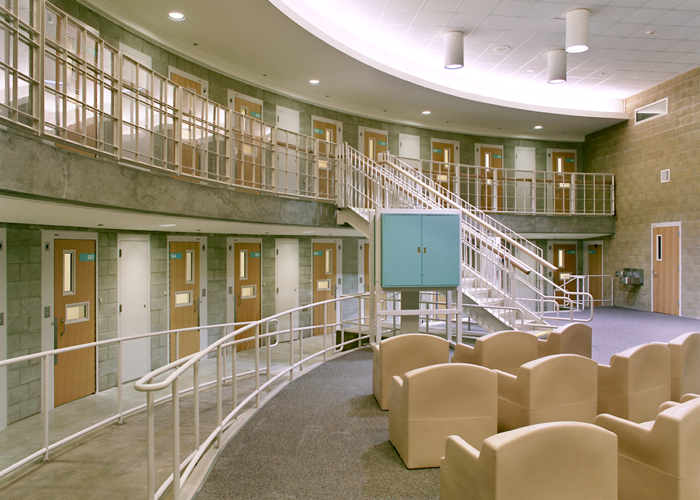Updated 6:00 p.m., Thursday, May 16
A controversial proposal to close San Francisco’s Juvenile Hall in over two years cleared its first major hurdle on Thursday, with a Board of Supervisors committee unanimously voting to advance it to the full board.
The legislation, authored by Supervisors Shamann Walton, Hillary Ronen and Matt Haney, would shutter Juvenile Hall by the end of 2021 and encourage the development of alternatives to jailing young offenders. The full board will hear the proposal on June 4.
Walton said the current system prepares young people for what he calls the prison pipeline.
“We would never put a system in place that is worse than our current Juvenile Hall. And what we are proposing is an alternative to Juvenile Hall that also provides a true opportunity for young people to be rehabilitated,” he said.
Closing the facility without a clear plan for its replacement would put young offenders in the criminal justice system at risk, the city’s top juvenile justice official said in a letter to the board on Tuesday.
Chief Probation Officer Allen Nance is urging supervisors — a majority of whom back a bill to shut down the Twin Peaks facility — to rethink their proposal.
“In the absence of a clearly articulated plan to replace the existing structure, I am concerned that dismantling juvenile hall could serve to destabilize and adversely impact overall juvenile justice system operations,” Nance said in his letter.

